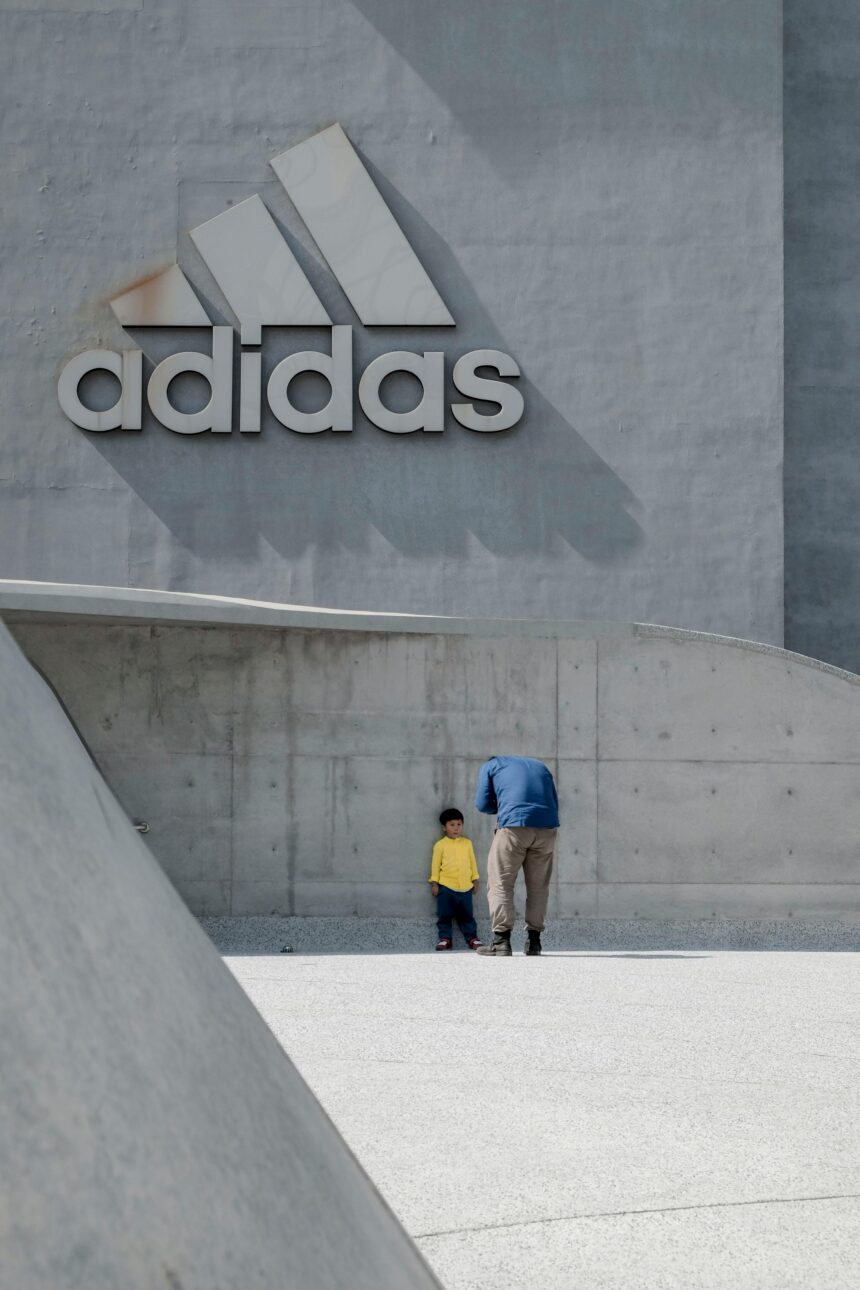Adidas Confirms U.S. Price Hikes Ahead as Trade Tariffs Bite
Adidas, the German sportswear titan behind iconic lines like Superstar, Stan Smith, and Ultraboost, has warned customers that higher costs are on the horizon for every product it sells in the United States. The move comes as U.S. President Donald Trump’s tariffs on imported goods climb—and uncertainty over global trade negotiations deepens.
“Higher tariffs will eventually cause higher costs for all our products for the U.S. market,” the company said in a statement on Tuesday.
Why Adidas Can’t Escape Tariff Pressures
Despite slashing shipments of its China-made footwear to the bare minimum, Adidas finds itself caught in two overlapping tariff traps:
- China-Specific Duties:
- Goods from mainland China now face an effective 145% duty rate, designed to curb imports from Beijing.
- Although Adidas has rerouted most manufacturing out of China, the lingering exposure still drives up costs on key products.
- Global Tariff Hikes:
- Until trade talks settle, the U.S. is holding 10% tariffs on imports from many other countries, including Vietnam and Cambodia—Adidas’s primary production hubs.
- “Given the uncertainty around negotiations between the U.S. and different exporting countries, we do not know what the final tariffs will be,” Adidas cautioned.
With no ability to shift production stateside—Adidas currently produces almost none of its gear in the U.S.—the brand must absorb these duties or pass them along. In practice, that means higher price tags on sneakers, workout apparel, and lifestyle gear for American shoppers.
What This Means for Consumers and Retailers
Shoppers accustomed to mid-range pricing on Adidas classics may soon see a jump of up to 20% or more, according to some retail analysts. Even if Adidas opts for a more modest increase, the precedent has already been set: tariff-driven price hikes are trickling through the wider sportswear and footwear market.
- Brick-and-Mortar Stores:
Retailers like Foot Locker and Dick’s Sporting Goods are bracing for thinner margins unless they, too, adjust consumer prices. - E-Commerce and Fast Fashion:
Online marketplaces—where cut-rate competitors like Temu and Shein already undercut established brands—may gain an edge if Adidas passes on costs, potentially pushing price-sensitive buyers elsewhere. - Luxury Sector:
Even high-end players such as Hermès and Gucci have felt the squeeze, illustrating that tariffs on imports can ripple through all segments of the global retail industry.
Strong Profits, Muted Outlook
Ironically, Adidas’s warning arrived just weeks after the company celebrated a bumper first quarter. Key highlights included:
- Net Income: Up 155%, to €436 million, beating the consensus forecast of €383 million.
- Net Sales: Climbed 12.7% year-on-year, reaching €6.15 billion.
- Operating Margin: Improved by 3.8 percentage points, landing at 9.9%.
Without the tariff cloud, Adidas said it would have boosted its full-year revenue and profit outlook. Instead, management reaffirmed its existing guidance while acknowledging that “the range of possible outcomes has increased.”
Industry Voices on Adidas’s Strategy
Analysts largely applauded Adidas’s candid approach:
“Adidas delivered a solid quarter across regions and channels,” noted Deutsche Bank in a research note. “However, the looming tariff uncertainty justifies a cautious full-year stance.”
Similarly, Quilter Cheviot’s consumer discretionary expert, Mamta Valechha, highlighted the brand’s core strengths:
“Footwear remains a standout performer, and lifestyle clothing demand is robust. Yet, in the U.S., the tug-of-war between tariffs and consumer appetite could test Adidas’s resilience in the second half of the year.”
Looking Beyond Tariffs: Adidas’s Next Moves
To mitigate the impact of rising duties, Adidas is exploring several strategic levers:
- Supply-Chain Diversification:
Expanding sourcing to countries with lower or no U.S. tariffs—such as India, Bangladesh, and select Eastern European hubs. - Local Assembly Partnerships:
Investigating joint ventures in North America to “build shoes where we sell them,” potentially bypassing import duties. - Value-Added Innovation:
Doubling down on premium product lines and limited-edition drops, where branding power can justify higher price points.
The Road Ahead for Sportswear Prices
Adidas’s announcement underscores a broader reality for global retailers: trade wars aren’t just political talking points—they translate directly into higher sticker prices for everyday consumers. As negotiations between Washington and its trading partners continue, shoppers can expect more volatility at the checkout.
For now, Adidas remains confident that its blend of iconic design, innovation, and strategic agility will help it weather the tariff storm—while keeping athletes and sneakerheads waiting just a little longer before lacing up their next pair.
Read Also: Tariff Troubles: US Taxes Are Making Chinese Factories






